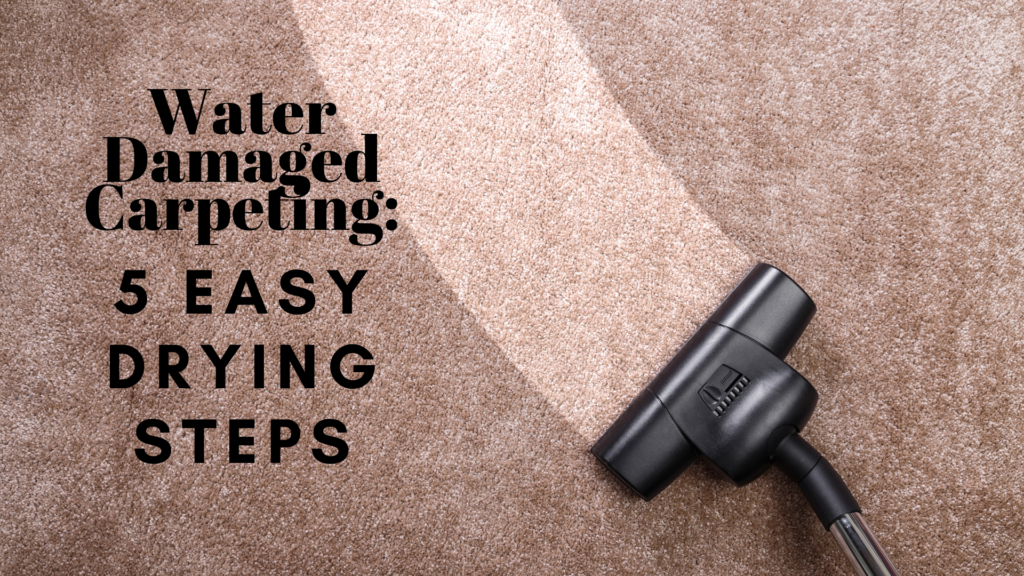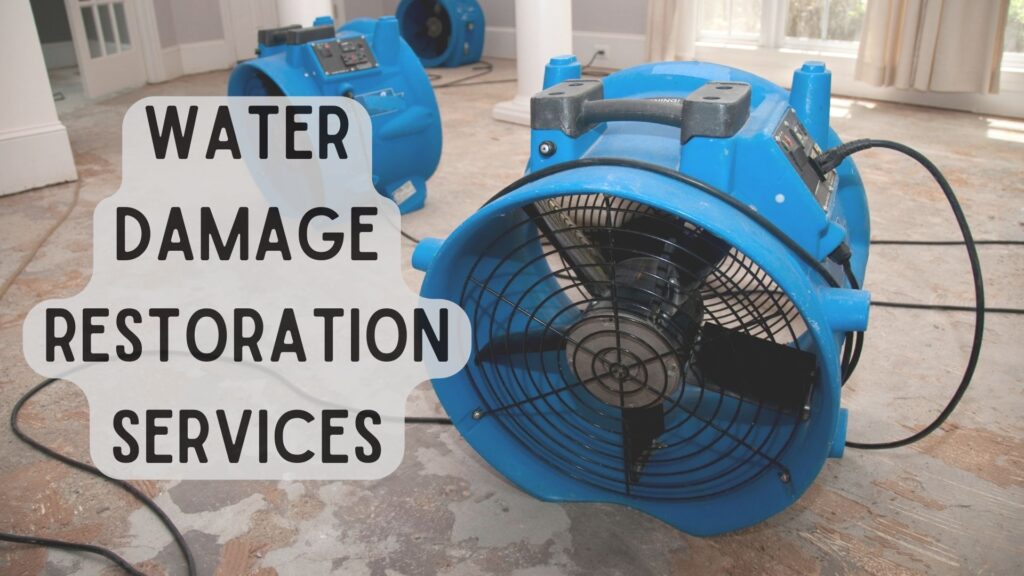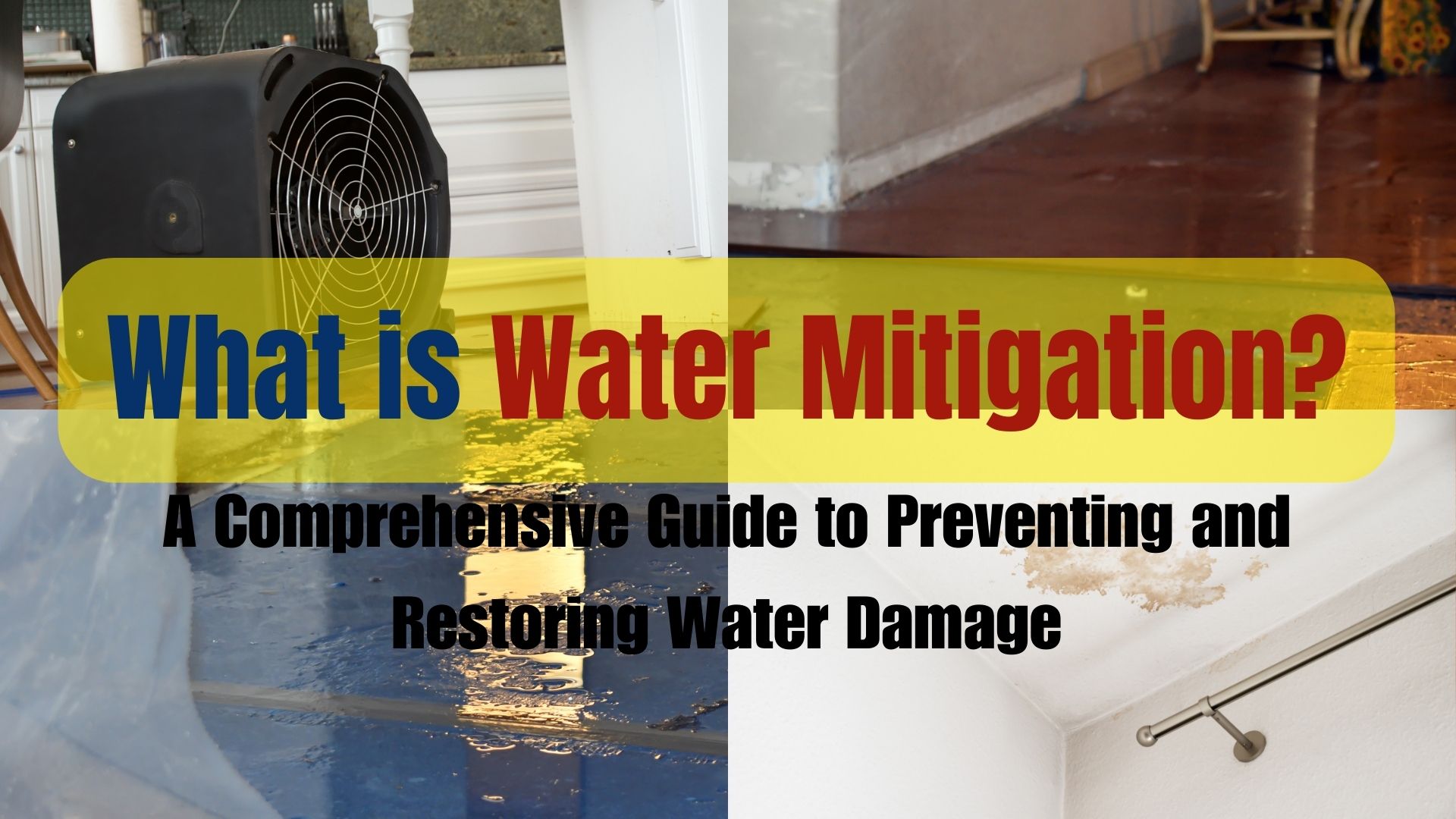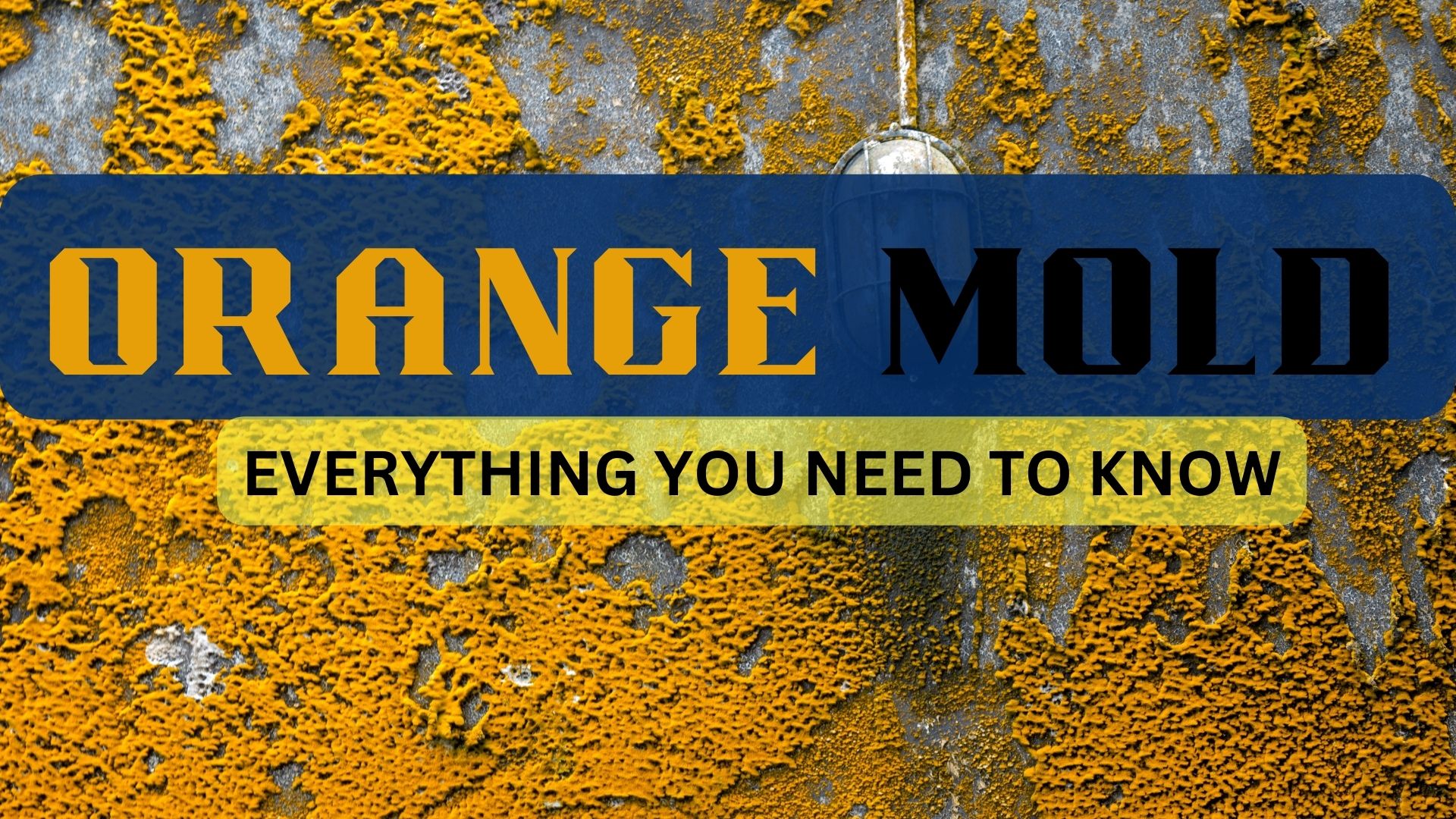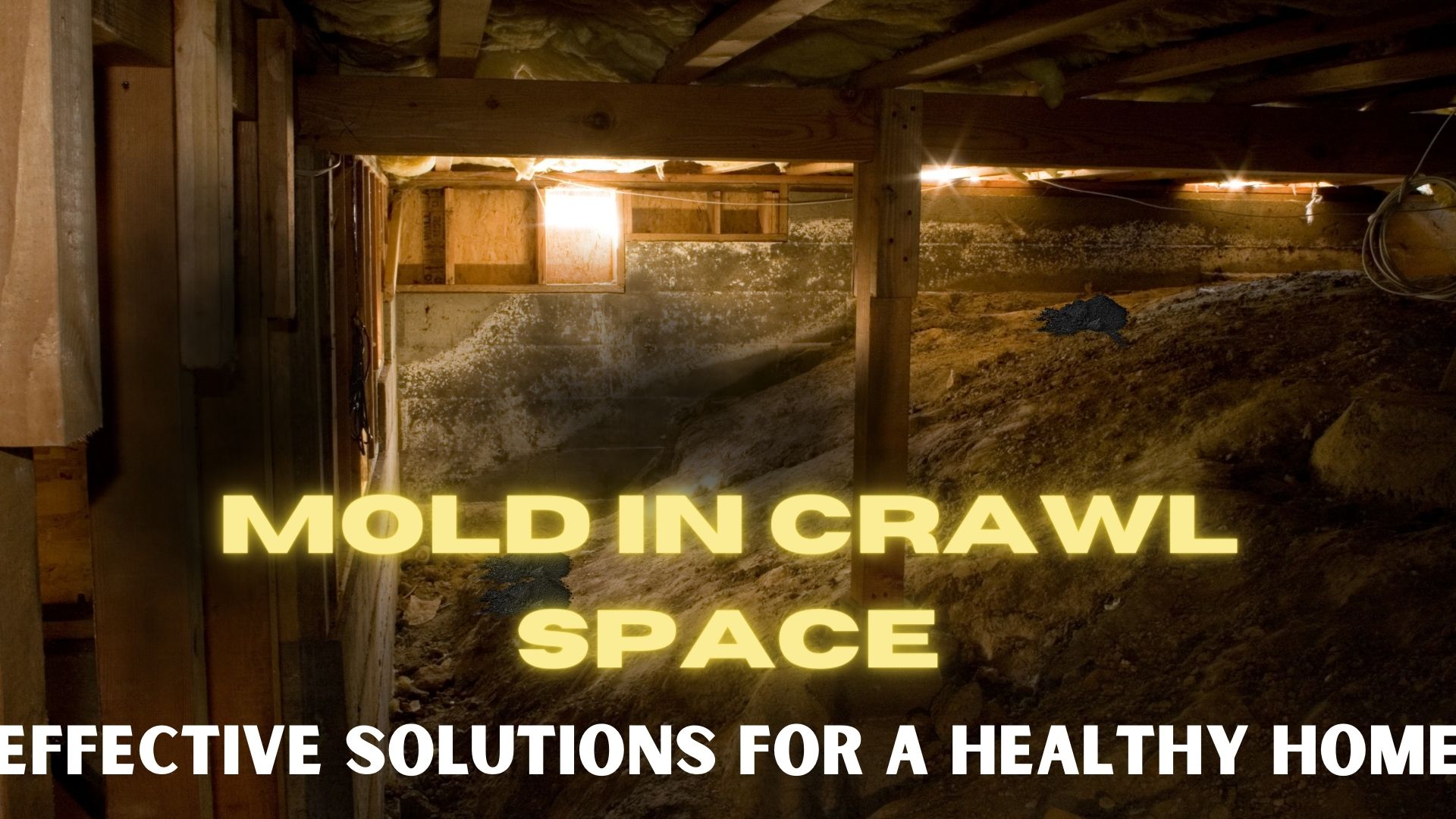Learn the Steps in Drying Water Damaged Carpeting
Even a small amount of water can cause your carpet to become soggy. Whatever the cause is, it is important to dry water damaged carpeting as quickly as possible to prevent mold growth and damage to walls and sub-flooring. Depending on the severity of the damage, fixing water damaged carpeting can be done on your own. However, water damage restoration experts recommend that you hire a professional team to repair wet carpeting to ensure proper drying and cleaning.
How To Dry Water Damaged Carpeting
Step 1: Assess the Situation
Before taking the step to dry out your carpeting, you have to assess the situation first. Does the water contain contaminants that might put you in danger? What is the extent of the damage? Is your carpeting new and has not been damaged in the past? Has mold started to colonize your carpeting?
If you want to repair your carpeting on your own, the water involved should be in category 1- or clean water. It means the water that has caused water damage is from the supply line, broken pipes, or rain. If the source of the water is contaminated, it is not safe for you to dry out your water damaged carpeting.
In the case of the severity of the damage, it can be easy to dry out carpeting that has one or two inches of water. But when there is more water involved, the carpet would be difficult to save. The same goes for a carpet that has been damaged in the past or an old one. The backing of old carpeting can get deteriorated over time, and when once damaged in the past can cause it to fall apart.
Lastly, check the carpeting if mold has already started to grow on its surface. Moisture and the organic material on the carpet can be the perfect condition for mold to grow.
Once you know what situation you are going to deal with, you may begin the drying process. If you are not seeking the help of the professional team to restore your carpet, make sure to wear protective gear, like gloves, masks, and boots to protect yourself from things that might be on the carpet.
Step 2: Dry Out The Damaged Carpeting
Water damaged carpeting can be the best place for mold to grow, that is why you should take the process with speed. The damaged carpet will most likely be saved when the carpet is fully dry within 24 hours. You can use a wet/dry vacuum to pull out the water from the carpet. This method can be inexpensive but it is time-consuming.
You may also set up blowers, fans, or dehumidifiers to help dry the carpet faster. Setting them up allows proper air circulation. If the weather permits, open windows or doors to give aid in the process of drying. You may also rent commercial equipment to help dry the carpet.
Step 3: Check The Carpet Padding
Unfortunately, even padding that is made of urethane foam can be a victim of water damage. And, when water takes its toll on the padding, it is hard to completely dry out and at times water remains in the padding. If you have padding and it is wet, pull up the carpet and remove the padding under it. You should wear gloves in doing the process and when removed, throw them away. When done, place the carpet flat and continue with the drying process. You should keep the blowers and dehumidifiers on to fully dry the carpet.
Moreover, you should also check the subfloor. If the subfloor has been affected by water damage, you should place fans and dehumidifiers to dry the floor. Check for signs of warping and buckling. If there are sections that have been damaged, replace them. Once the floor is fully dry, disinfect it with a disinfectant solution and wait for it to completely dry out.
Step 4: Reinstall The Carpet
Once the subfloor and the carpet are completely dry, you may get a new carpet pad and lay your carpet back in its place. A once-wet carpeting can be difficult to deal with, so if necessary, hire a professional to ensure that the carpet is installed properly and securely to prevent unsightly bulges and bunching.
Step 5: Clean Water Damaged Carpeting
Now that you have completely dried out the carpet, you may want to make sure that there are no dirt, germs, or contaminants that can linger on your once-wet carpeting. You may use a steam cleaner or any carpet cleaning system and rent a machine to completely clean your carpet.
You may also consider hiring a professional team to do all the cleaning. At the end of the cleaning process, you may apply an anti-microbial sanitizer to prevent mold growth.
Contact a Professional
The steps above can help you save your carpeting. But in most cases, fixing water damaged carpeting is best left to professionals who are experts in drying and cleaning carpets. They can do the work properly as they are equipped with the proper equipment and knowledge. Leaving this job to professionals can give you more chances of saving your carpet and eliminating chances of mold growth.
Our company, Water Damage Rancho Cucamonga, can handle all kinds of water damage including carpet cleaning and restoration. We also deal with all kinds of fire and flood damage, so you can contact us for any restoration services you may need.


